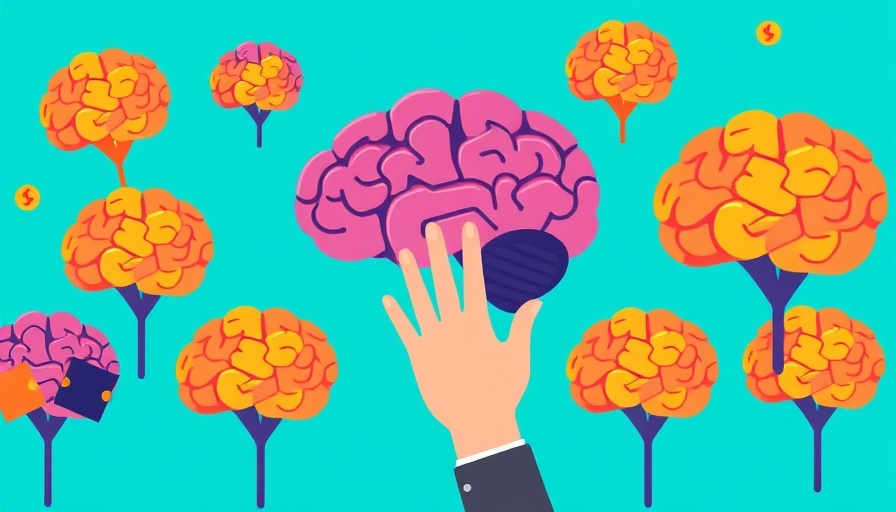
Why fMRI Needs to Evolve for Autism Research
Functional MRI (fMRI) technology has been a cornerstone for studying the human brain, yet its application in autism research has been limited by rigid scientific silos. To enhance understanding and treatment of autism spectrum disorder (ASD), integrating fMRI with genetic and behavioral studies is essential. As the field continues to pursue insights into the neurodevelopmental aspects of autism, utilizing fMRI alongside other methodologies could yield more comprehensive results.
The Interconnected Nature of Research
The emergence of ASD begins at a molecular level and progresses through neurological and behavioral stages. Understanding autism is not merely about mapping brain activity but also about comprehending the biological mechanisms influencing that activity. By breaking free from niche-focused research, scientists can contribute to efficient early intervention strategies that are truly informed by interdisciplinary collaboration.
Creating a Multidisciplinary Approach
The recent generational shift among researchers emphasizes collaboration across various fields. For example, the PsychENCODE initiative demonstrates the significant advancements possible when genetics intersect with neuroimaging. This collaborative spirit must extend to studying autism, unpacking the intricate network of genes, brain circuits, and observable behaviors.
Future Predictions: Integration is Key
Looking ahead, research on autism and neurodevelopment needs a broader lens. Integrating multiple levels of inquiry will not only deepen our knowledge but also enhance the efficacy of interventions. Policymakers and funders must prioritize initiatives that encourage cross-pollination of ideas among neuroscience, genetics, and behavioral sciences.
Such integration will ultimately empower families affected by autism, guiding them toward therapies and interventions grounded in a holistic understanding of the disorder. As engagement between different scientific disciplines increases, we stand to gain profound insights that could significantly impact ASD research and related clinical practices.
 Add Row
Add Row  Add
Add 




Write A Comment